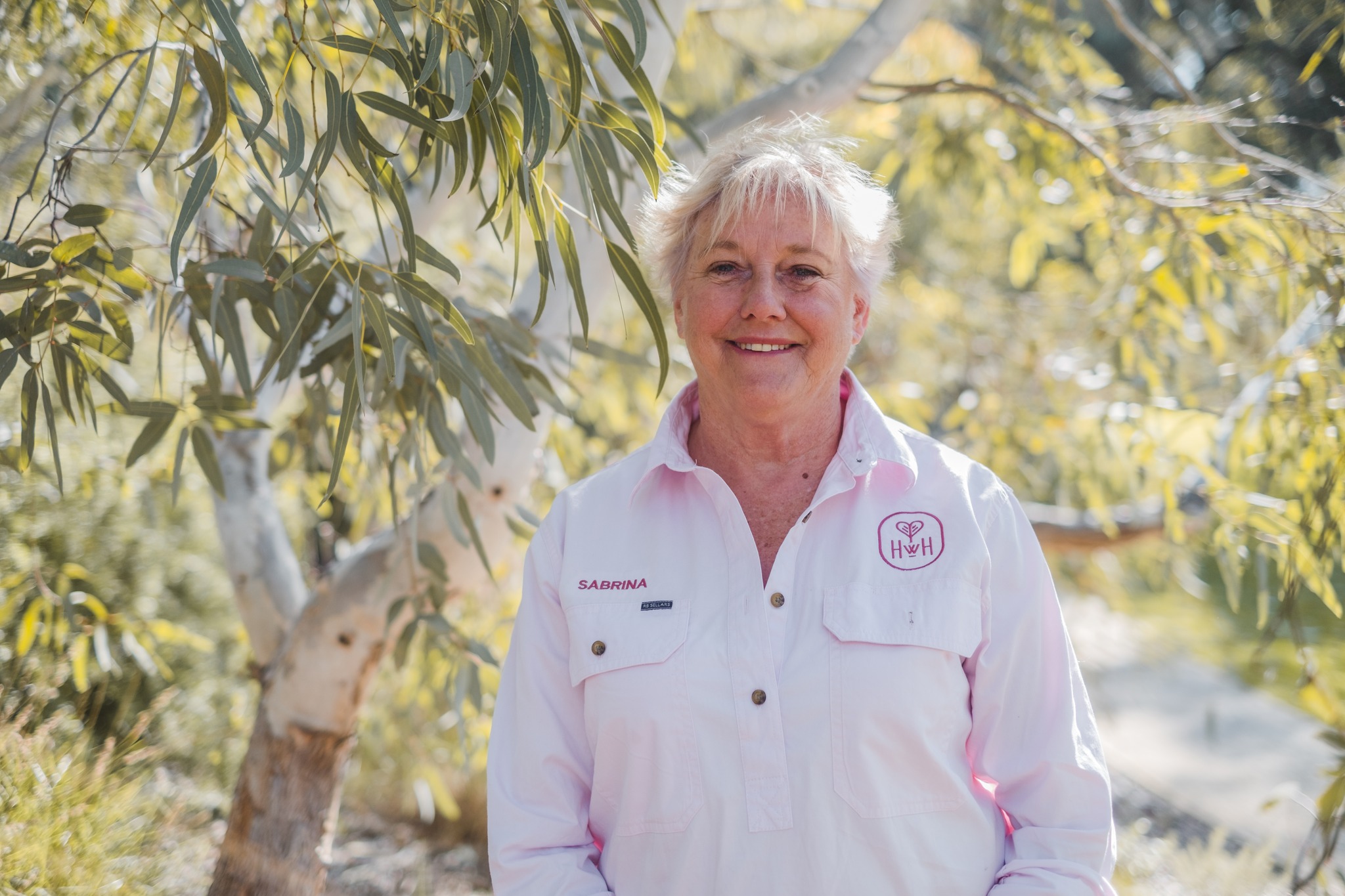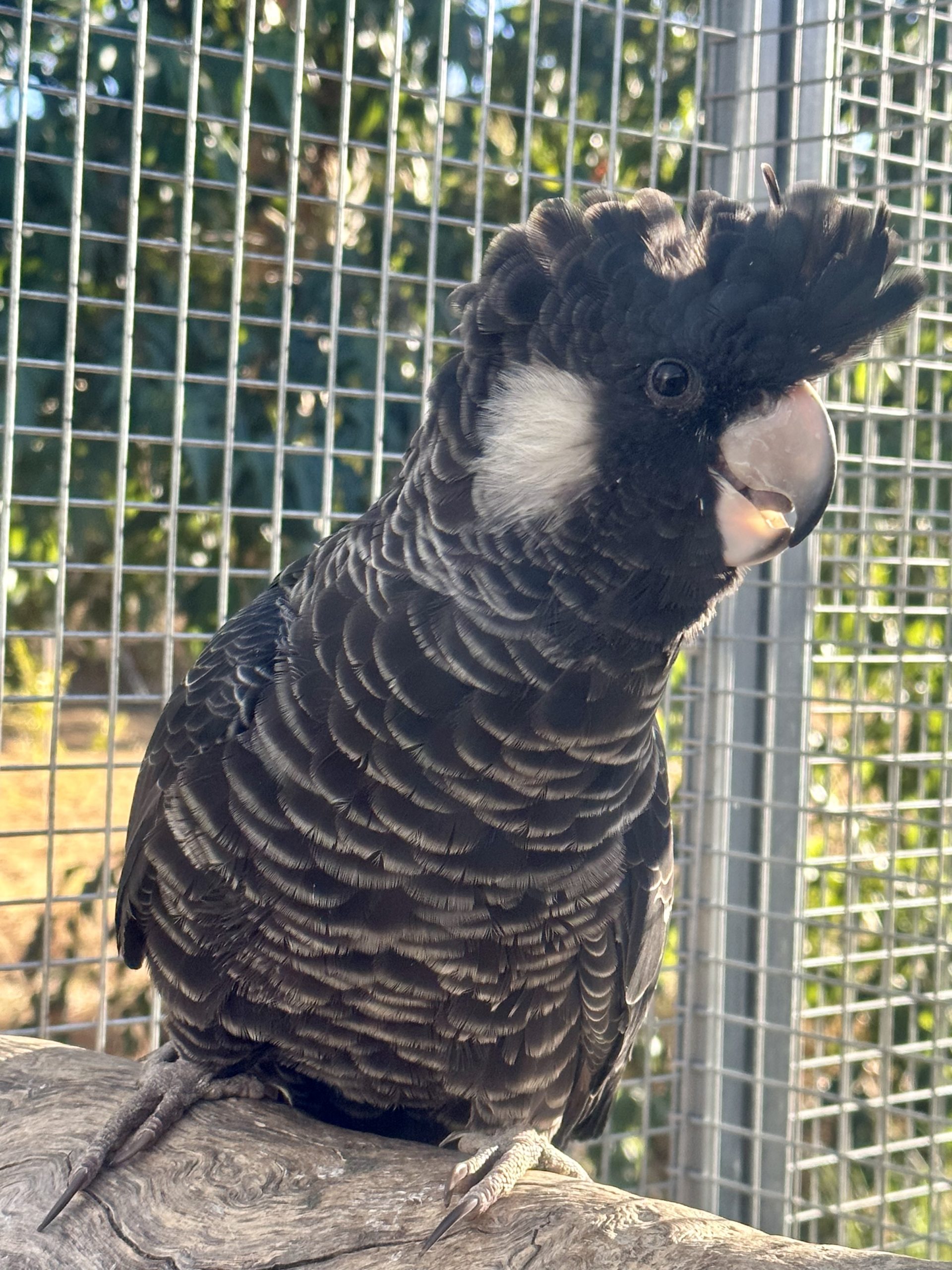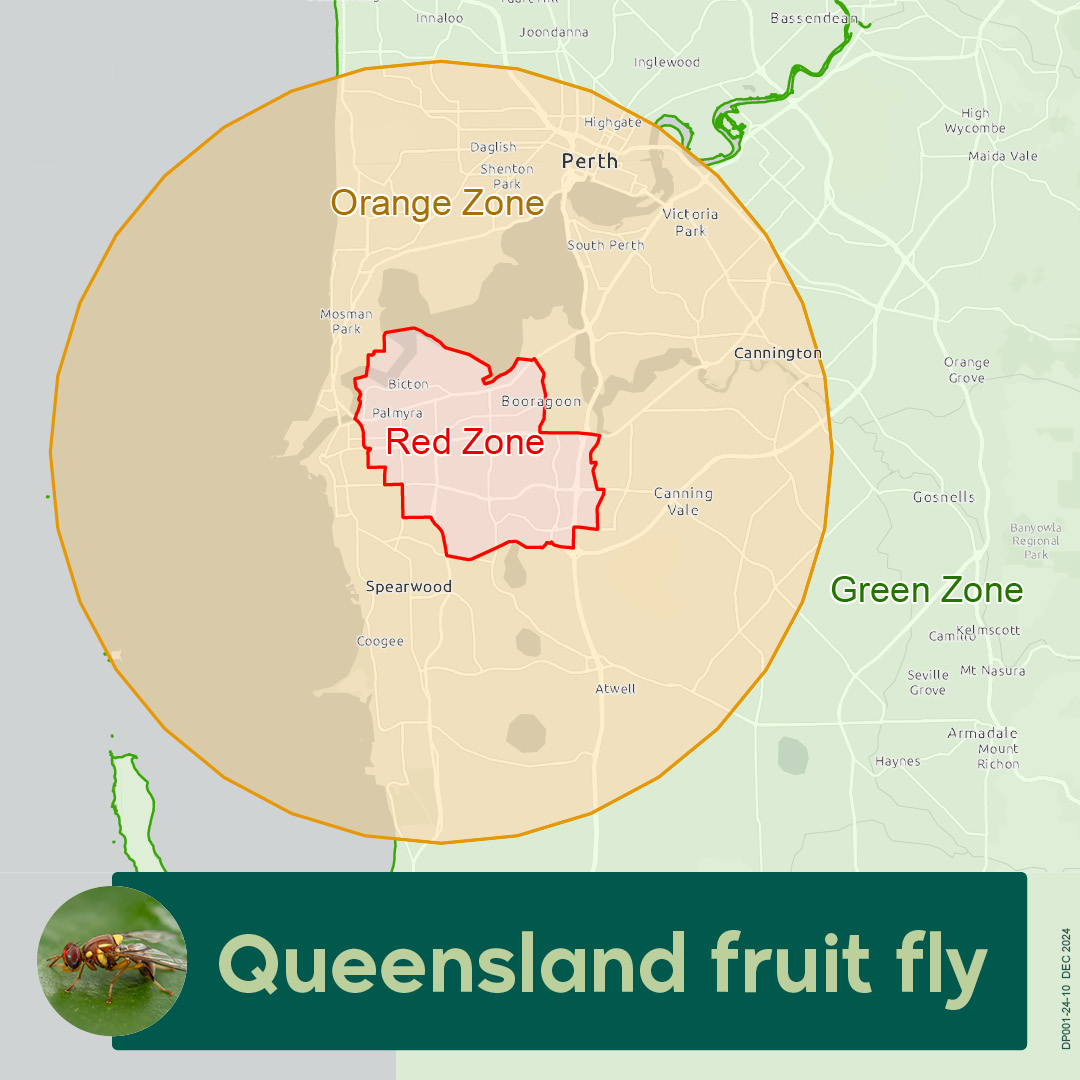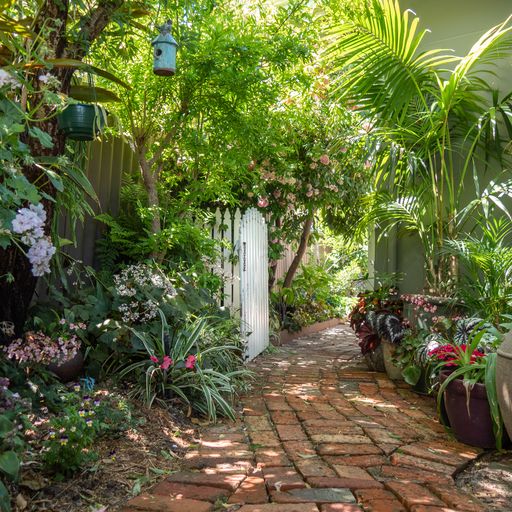If you can fill a pot up with potting mix, you can grow strawberries. The flower is beautiful, the plant is deep green and lush and the fruit is sensational. They are an excellent source of vitamin C and folic acid. There are hundreds of strawberry varieties that have all been bred from the five or six original wild species. The wild strawberry has the most intense flavour, very small fruit and beautiful pink flowers. Basically the bigger the fruit, the greater the water content, the smaller the fruit the more intensity of flavour.
The hard thing about growing strawberries is that every other living creature loves them as much as we do. Birds, slaters, snails, rats, dogs and possoms. When I lived in Esperance I had a blue-tongue lizard that came past at the same time in the afternoon to have a feed and waddled off with a very red smiley face.
So, the way to overcome some of these obstacles is to grow your strawberry plants in a container up off the ground. Slaters and snails are usually the main problem and easily dealt with if you put a barrier around the container. Strawberries need regular watering every day when they start to fruit, so growing them in a container makes it easier to achieve this and saves wastage of water. Always use a good quality wetting agent and water retainer in the mix or in-ground to keep the water supply available to the roots all summer. In-ground strawberries should be watered by drip irrigation to avoid the spread of disease.
Strawberries need a free draining soil that is slightly acid soil (pH 6 – 6.5) with added compost, cow poo and mulch. Do not use chicken poo or mushroom compost as this will be too alkaline. They like sun, but need protecting from the hot afternoon sun in the summer months. The great advantage of growing strawberries in a container is that you can move them around to just morning sun in summer and all day sun in the winter months.
Most strawberry plants become available in nurseries from October onwards and should produce fruit within a month. They need regular feeding when the flowers appear. If you grow them in a container, reduce the fertilising to half strength to avoid over-feeding. You can use a good quality biodynamic liquid fertiliser with added humates once every three weeks once flowering commences.
Growing strawberry plants from runners
Don’t make the mistake of ripping a runner off from the parent plant, stuffing it into the ground and expecting it to grow. Nine times out of ten it will die. Choose strong runners that look disease free. Dig a wide hole and make a little pile of dirt in the centre, a bit like building a volcano in a hole. Put the runner on top of the volcano and fill in the hole making sure the crown of the plant is above the soil. Water in well and mulch around it with straw.
Diseases
A common fungal disease is botrytis which looks like a fuzzy grey or off white growth on the fruit. The leaves can show wilting, yellowing and circular black spots. Avoid overhead watering as the fungal spores travel by water splash and are also air borne. Try not to overcrowd the plants and allow lots of air circulation.
Another disease to avoid is verticillium wilt which is soil born. The roots become infected, blocking up the flow of water and nutrients. Rip the plants out and don’t replant strawberries again in the spot. Tomatoes and potatoes also suffer from this disease so keep them all separated.
The who’s who of strawberry varieties
Adina – great taste, juiciness, aroma and appearance. The bright red fruit is moderately glossy, very large and has a good low acid sweet flavour.
Fragaria vesca – it’s a beautiful wild strawberry you will find in the markets in Europe during summer. It is worth hunting out at nurseries. It has the greatest intense taste of all the strawberries. Fragaria is Latin for fragrant and, although the fruit might be small, it is very fragrant.
Hokowasi – a Japanese variety with interesting-shaped fruit that’s another acid free type.
Kiewa – a very fragrant strawberry with excellent flavour and an upturned calyx that comes on to the market from October through to January.
Lowanna – Named after the Aboriginal word for beauty, it is a conical shaped large fruit, which is bright red and glossy. The fruit are always have a red flesh and a small white tip when they are at their best flavour. Available from October to June.
Millewa – A very large, conical shaped fruit, bright red in colour with an outstanding flavour due to its high sugar and moderate acid level.Millewa fruits heavily during the spring-summer and again during the autumn to early winter unlike many other varieties.
Red Gauntlet – This variety produces a large crop over a long period of time. The berries are glossy light red and medium sized. A great strawberry for the hotter climates.
Rubygem – A Queensland variety with short, conical, dark red fruit which fruits earlier than most varieties. It has great flavour and produces a very large fruit of medium acidity.
Sweetest – Has been bred for an extremely sweet flavour. This delicious strawberry produces medium size fruit early in the season on a compact bush, making it ideal fro container growing.
Sweetheart – This is a seed growing variety, prolific bearer with small, sweet fruit similar to the wild variety. Outstanding flavour.
Sweetie – a new variety and instead of white it has a pink flower and is a good heavy cropper with intensive flavoured fruit.
Tallara – A highly productive robust variety with very deep red large size fruit, with a solid red core and sweet taste when ripe. A good keeper.
Tioga – The berries are attractive and firm and with good colour. They begin to fruit in the spring and continue right through to late autumn.
Torrey – The plants are strong upright growers with large leaves and fruit to match. An early fruiter in spring that finishes early summer. A short season, but it bears heavily when it fruits.
Strawberries have so many uses, but my favorite is to soak them in Cointreau and plop them into champagne – good health being foremost on my mind!



